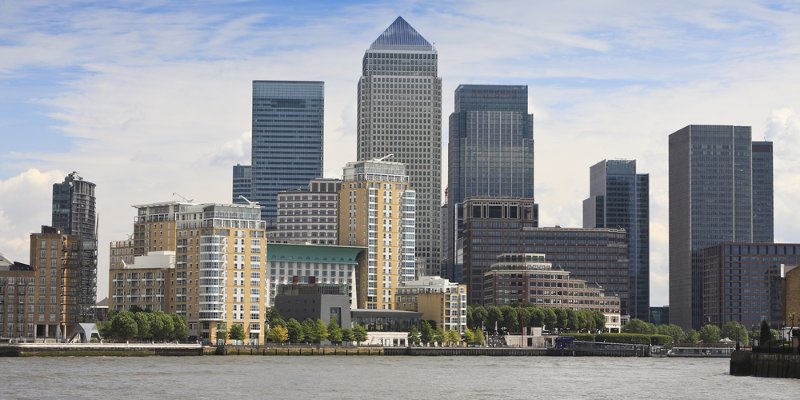Strengthening price signs might be drawing buyers back to the market, with sales activity up 21.4% compared to the previous quarter.

Prime property prices in London edged up again in the second quarter of the year, returning to where they were 12 months ago, according to thelatest Coutts London Prime Property Indexout today.
This is 3.1% higher than at the end of 2018. Strengthening price signs might be drawing buyers back to the market, with sales activity up 21.4% compared to the previous quarter.
Alex Midha, senior private banker in Coutts’ European team, said: “Managing the transaction is very important to ensure all parties are speaking to each other regularly and that the vendor and vendor’s agent are confident that the buyer is credible and proceedable.
“We can introduce clients to the Coutts panel of screened and vetted buying agents, to help them with buy-side advice, and many clients take advantage of this service.”
Prices are still 14.5% cheaper than at the peak of 2014, and even with the upward movement seen in the previous two quarters, prime properties remain good value relative to recent history. But the low prices are also discouraging sellers, leaving buyers chasing a smaller pool of properties on offer.
For rental property, gross rental yield remains unchanged at 3.9% on average across prime London markets. Despite the various tax changes affecting landlords in recent years, demand for rental property remains strong, with some prospective buyers turning to renting while Brexit uncertainty remains.
The biggest challenge for buyers now is lack of stock. The number of prime properties on sale on the open market is down by 12.5% on last year, leaving buyers with far fewer properties to choose from.
New instructions are also down, 20.5% lower than the same period last year and 35.2% lower than the last peak in 2014.
Fewer properties on offer means that competition can be intense among buyers for desirable properties when they come up, and as a consequence gazumping is on the rise.
Prime property transactions across London take 169 days on average to conclude – from listing to exchange – leaving plenty of time for gazumping tactics.
The more competitive environment for buyers is also driving discount rates down. The average discount in Q2 has fallen to 11.1%, compared to 12.7% in Q1 and the lowest figure for the last three quarters.
Regardless of whatever else happens in the property market, family homes are always in demand. Accordingly, prices in outer-prime areas that are dominated by domestic buyers – such as Wimbledon and Hampstead – have continued to stand up.
Less than a third of homes in these areas are selling at a discount to asking price, compared to 47% on average across prime London, and the average discount is 2% or 3% lower than across prime London.
Elsewhere, prices remain a long way off the height of the market. For example, Knightsbridge & Belgravia, South Kensington, and Hammersmith & Chiswick are all over 20% cheaper than at the peak of 2014.
Despite low prices, lack of stock continues to be a challenge for buyers. New instructions are down significantly across all areas covered by our index compared to a year ago, with falls ranging from 23% to 70%.
In all but one of the areas covered by the index, the number of prime properties available for sale on the open market has come down compared to a year ago.
The number of properties for sale in Fulham & Earls Court is 20% lower than a year ago and the number of properties for sale in Kensington, Notting Hill & Holland Park is 25% lower than a year ago.
At the heights of the super-prime market, sales were concentrated in Mayfair and St James’s, which also saw the biggest price rise of 4.1%. This reflects the traditional appeal of this central location and the lack of stock to meet demand.



